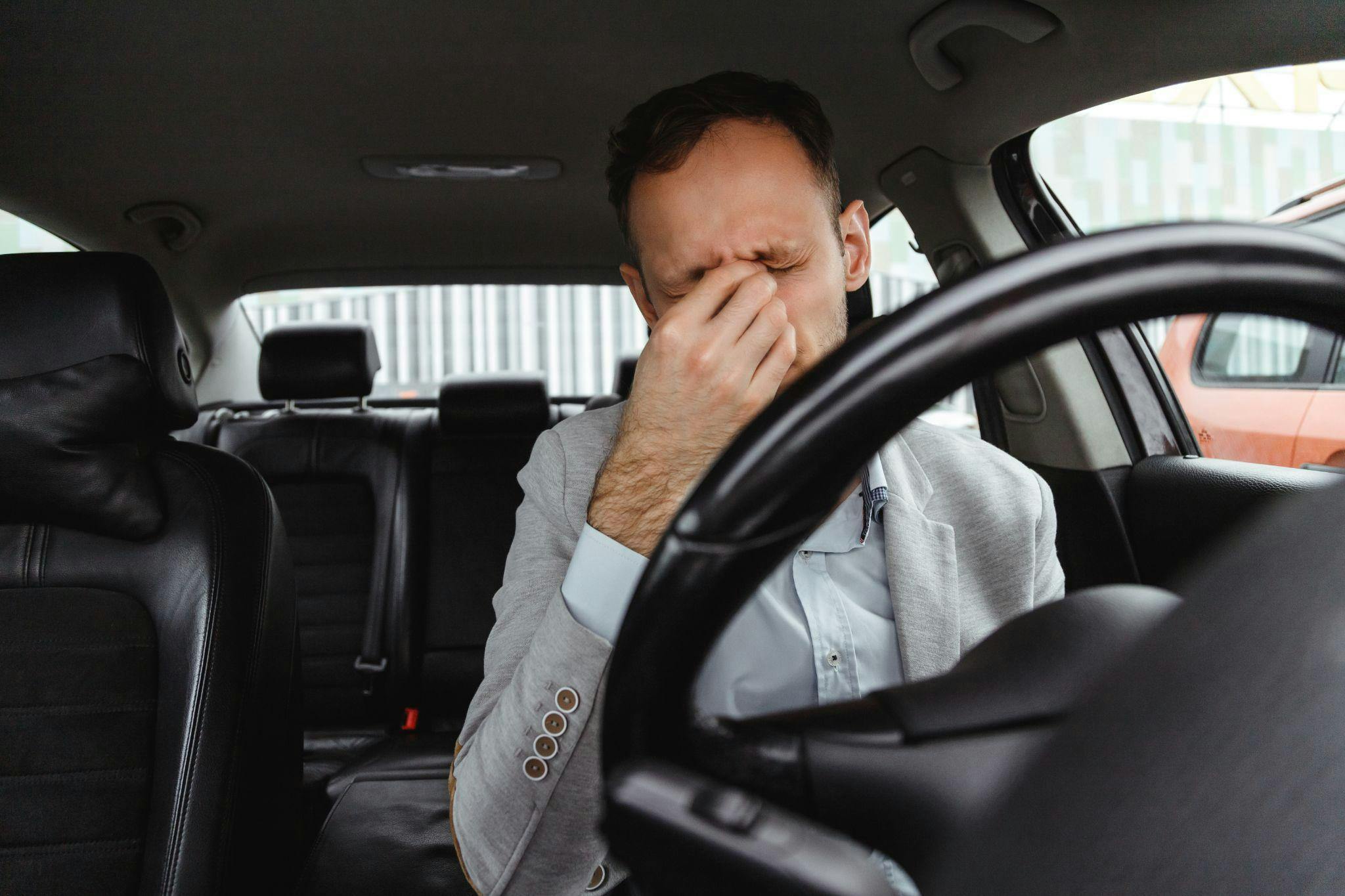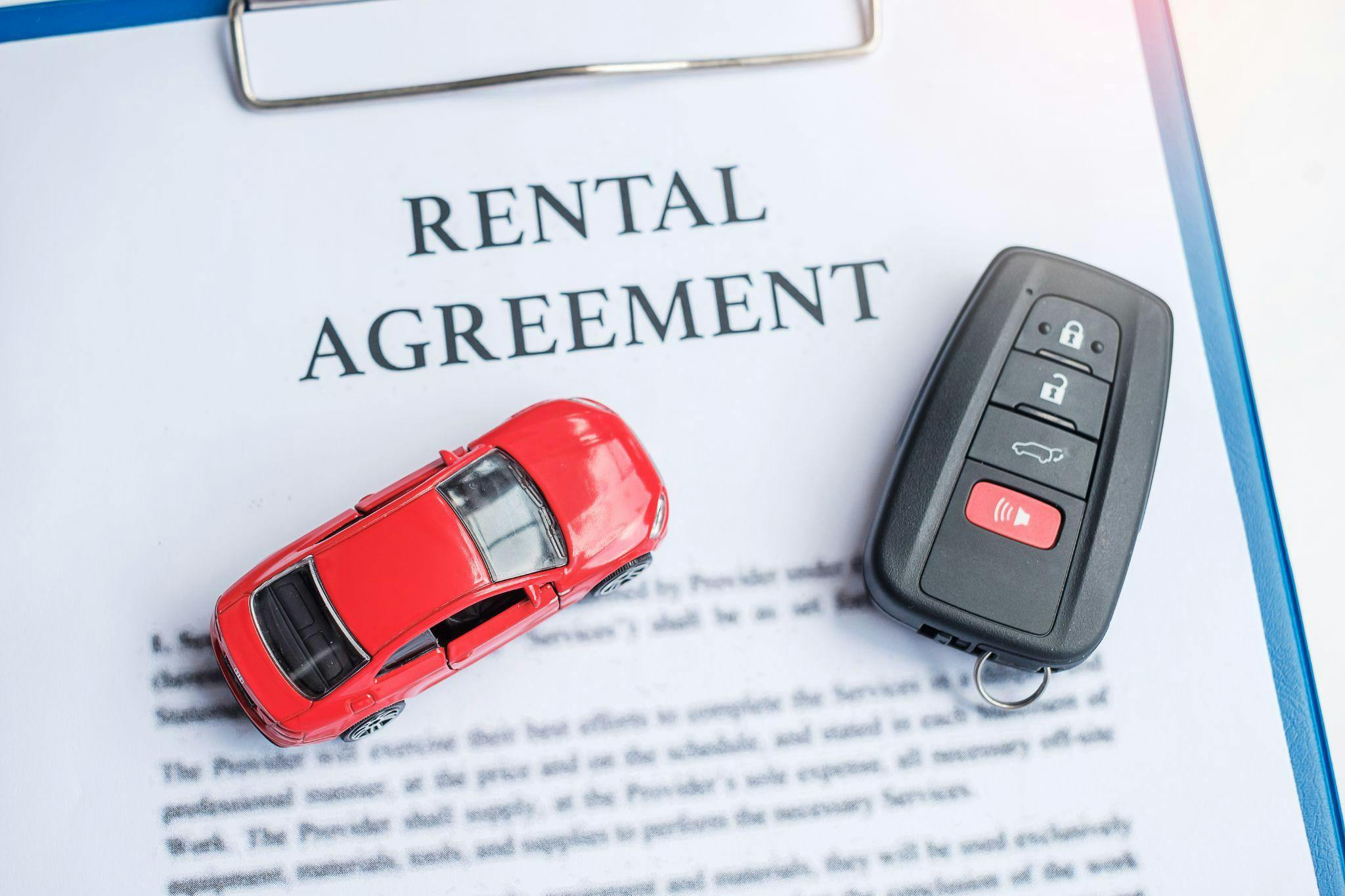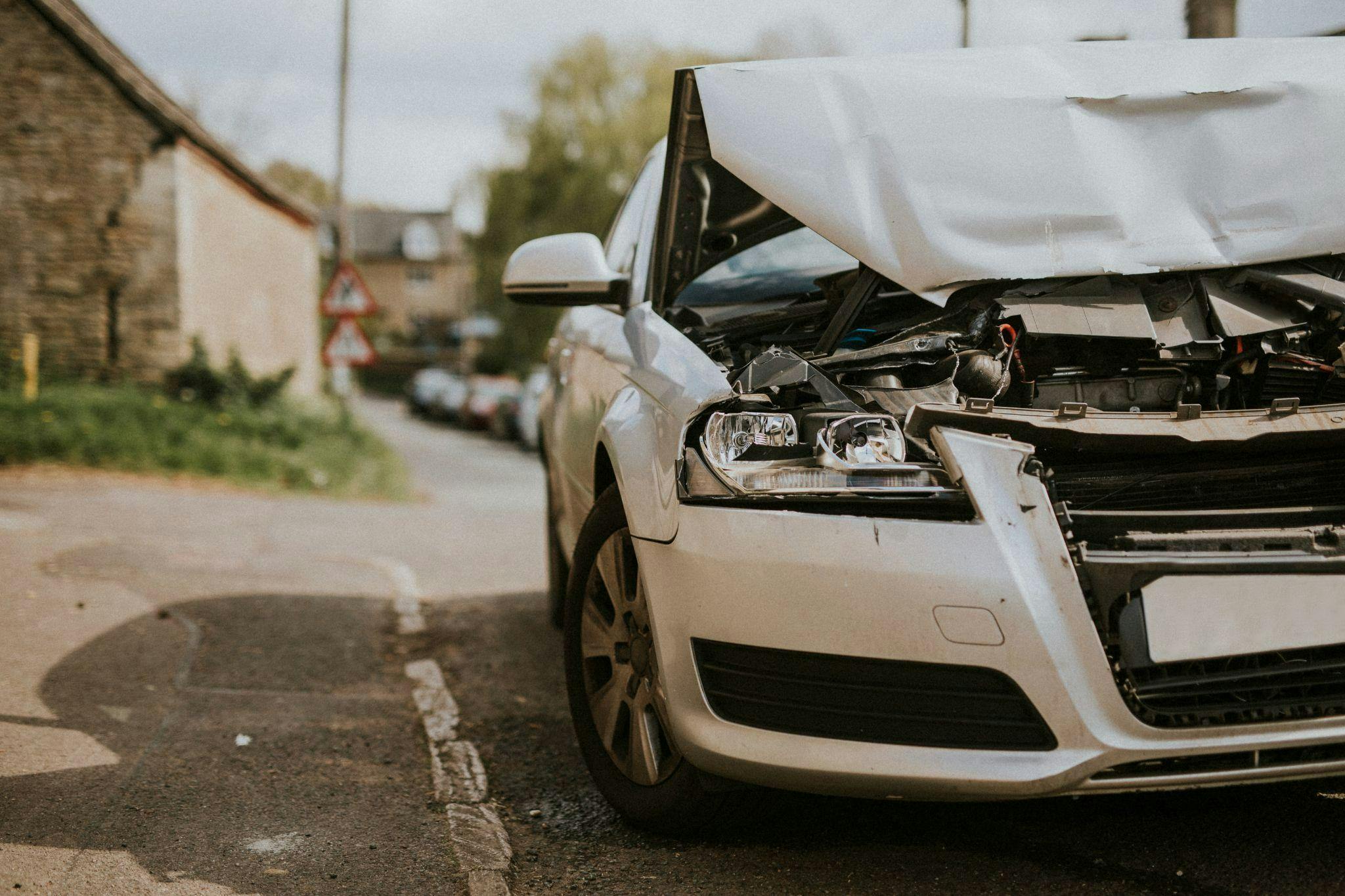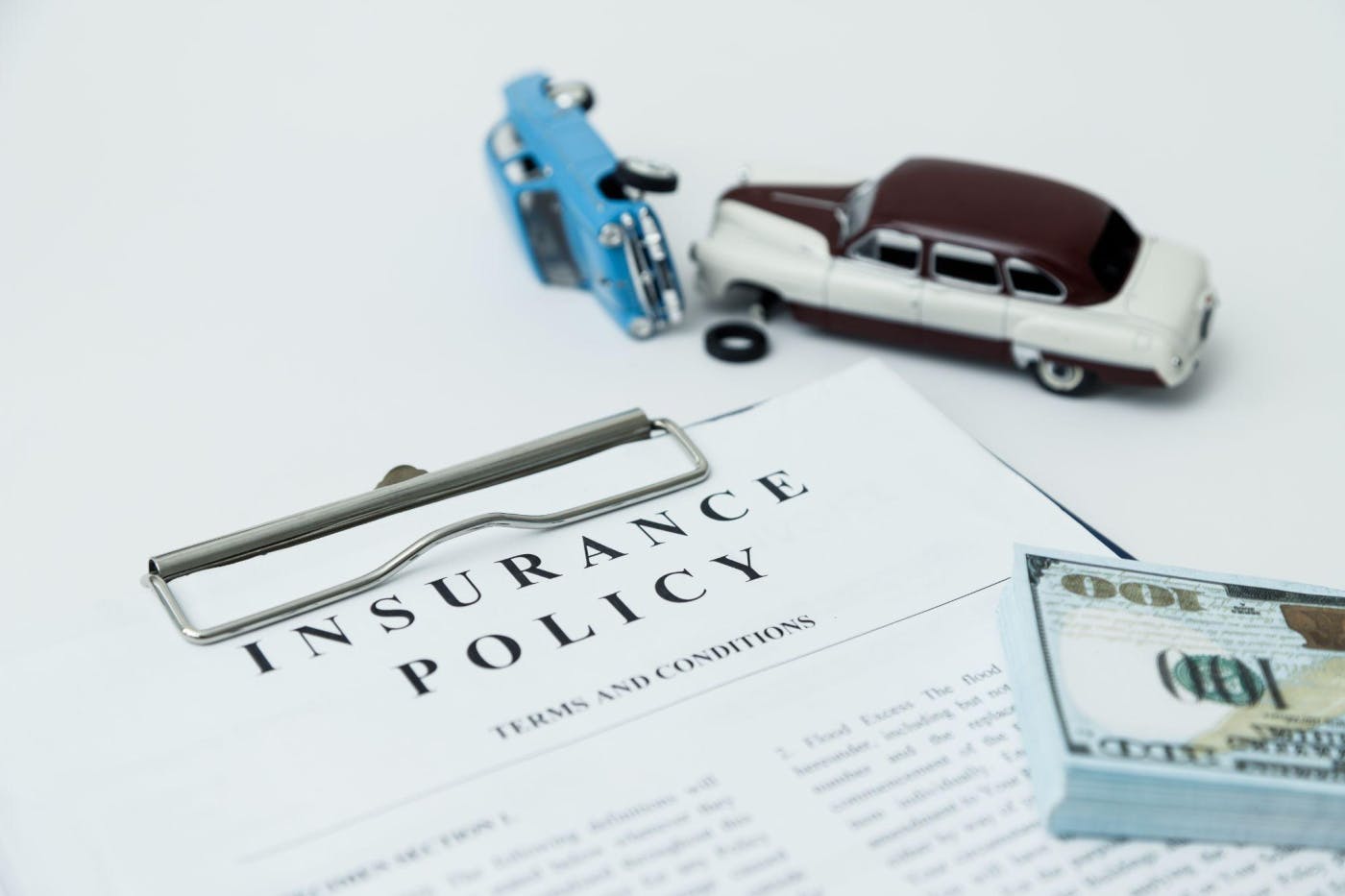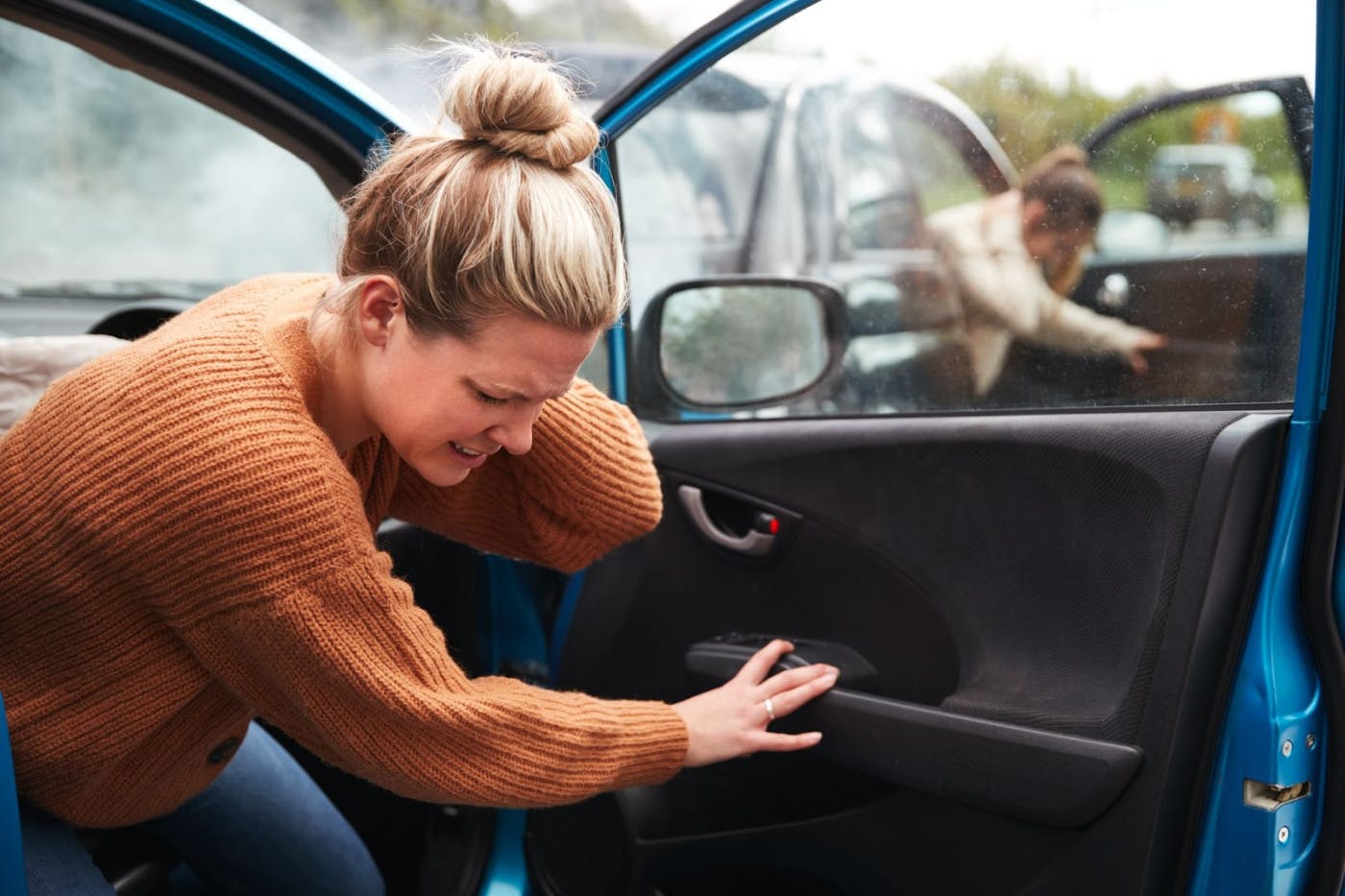Keeping Your Teen Driver Safe This Summer
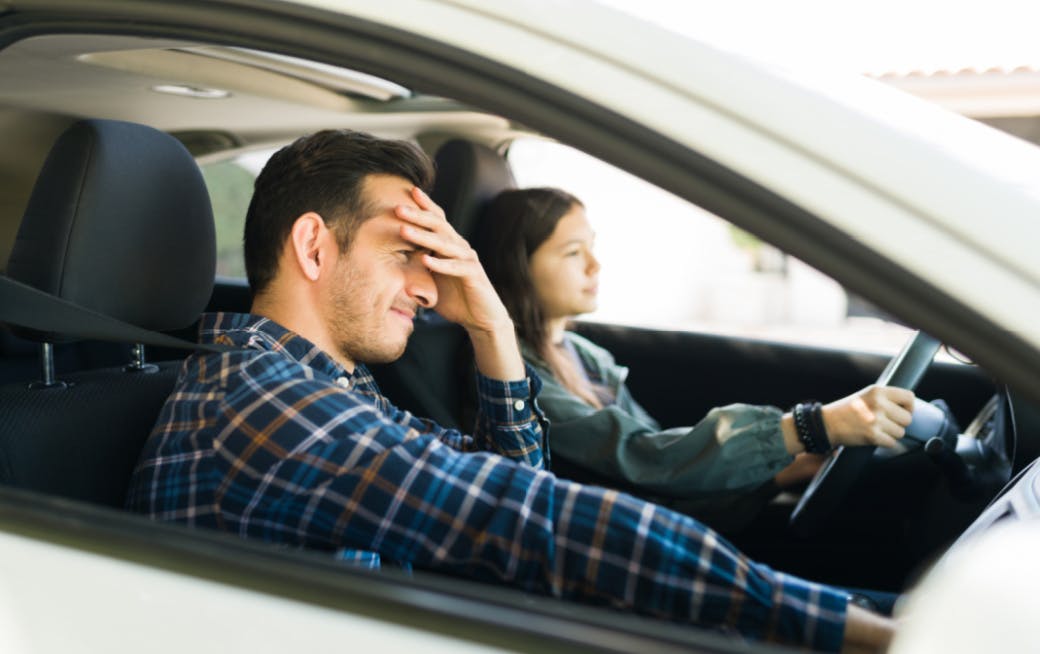
Every parent knows the dread that comes with handing the car keys over to a teenager. That concern is rational, too. Car accidents are one of the primary threats to teen safety in America.
In fact, teen drivers are more likely to cause an accident than any other age group. Drivers between the ages of 16 and 19 are almost three times as likely to be involved in a fatal crash as those 20 and older.
This is partially because many teens choose not to practice safe driving behavior. For example, in 2019, only 57% of high school students reported they always wear seat belts, and 39% admitted to texting while driving.
In short, driving can be a serious danger to teens. And since summer is the most dangerous time of year for teen drivers, now is the time to start taking precautions.
Here’s what parents should do to keep their teens safe on the road this year.
Talk to Your Teen

One of the most common mistakes parents make is leaving their teens’ driving education solely in the hands of a driver’s ed course. The course may be fantastic, but you should always talk to your teen yourself.
Sit them down and discuss the dangers of poor driving habits. Bring some statistics if you think that will help. (The scarier, the better.)
Then, lay out your expectations for how they drive. Set clear rules you expect them to abide by. Ideally, you’ll want to set consequences if they violate these rules, such as losing driving privileges.
Make Sure They Buckle Up
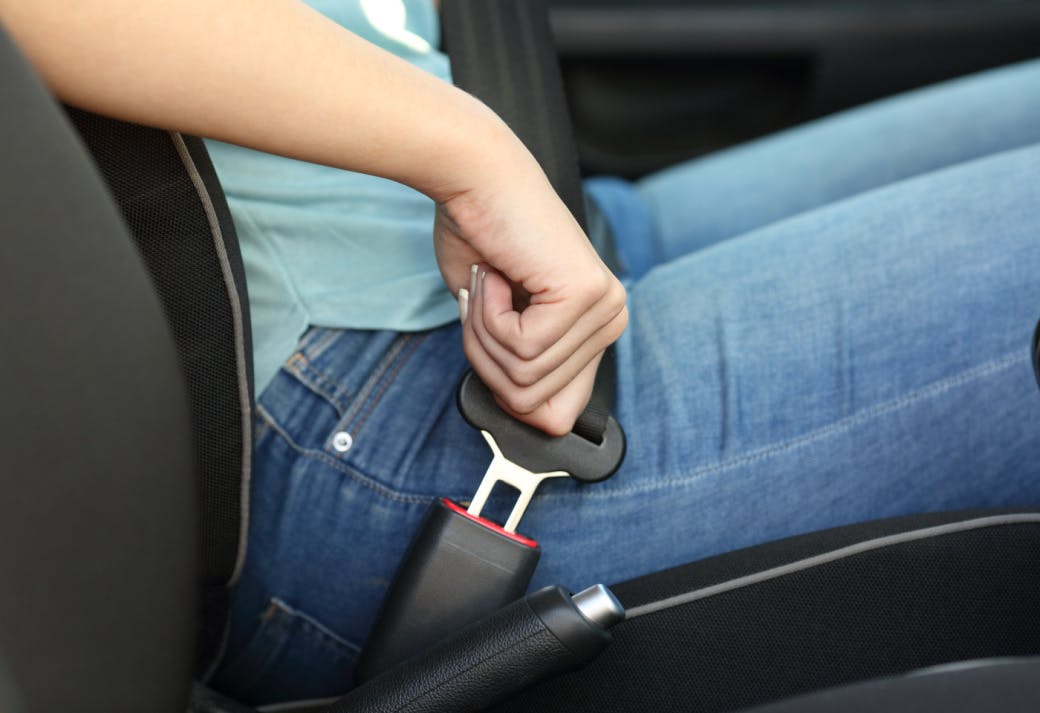
The law requires everyone to wear a seatbelt in their vehicle, and there’s good reason for that. For drivers and front-seat passengers, wearing a seatbelt reduces the risk of moderate to critical injury by 50%.
Nevertheless, many teen drivers don’t seem to see the importance of seatbelts, and young adults have the lowest rate of seatbelt usage out of any age group.
So make sure your teen is in the habit of buckling up before they even start the car. No exceptions. When push comes to shove, that policy could very well save them from serious injury.
Remove Distractions
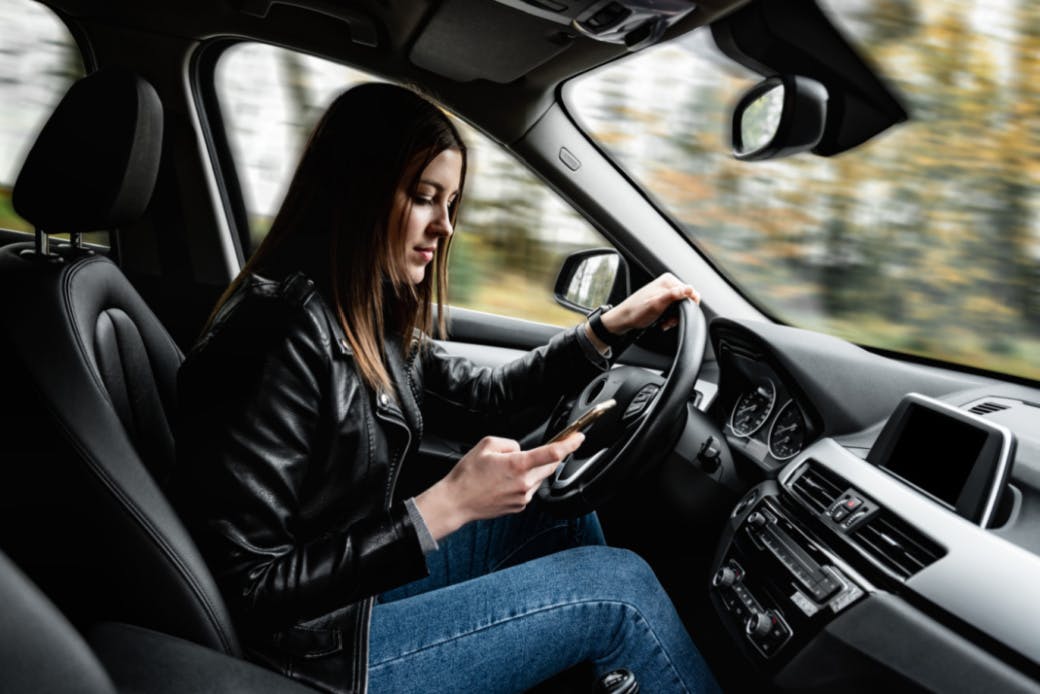
Distracted driving is one of the most common causes of car accidents. Worse still, teenage drivers have the highest proportion of distraction-related crashes. These distractions can include:
- Texting or talking on the phone
- Fiddling with the radio, GPS, or other controls
- Personal grooming
- Eating and drinking
- Zoning out/daydreaming
Explain the dangers of distracted driving to your teen and teach them to avoid distractions while driving—especially when it comes to their cell phone.
And of course, Minnesota’s “hands-free” driving law makes most forms of behind-the-wheel multitasking illegal anyway. Go over the details of the law with your teen to make sure they stay within the bounds of the law.
Tell Them to Slow Down
Teens are often known for their impulsive nature and are much more likely to speed than older drivers. They’re also less likely to leave a safe distance between themselves and the vehicle ahead of them.
This puts them—and everyone around them—in danger.
Help your teen understand the importance of obeying speed limits and maintaining a safe distance from other vehicles. It’s always better to be a few minutes late than to risk your life and the lives of others.
Prohibit All Drinking
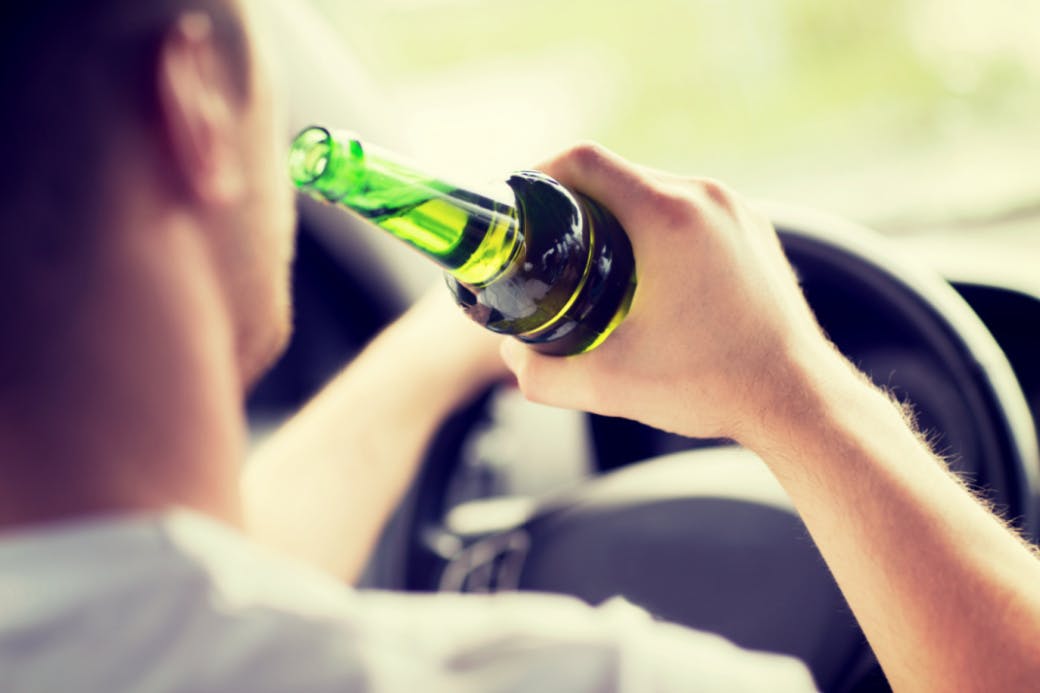
Teens are less likely than older adults to drink and drive, but when they do, the risk of having an accident is quite a bit higher. This is due to the effects of the alcohol combined with their own lack of driving experience.
Of course, it’s illegal for teens to drink anyway, so it should go without saying that they shouldn’t be drinking before driving. But just because it’s the law doesn’t mean teens will follow it.
Monitor whether your teens have access to alcohol or drugs. Then, do your best to impress upon them how dangerous it would be to ever drive intoxicated—as well as the harsh legal penalties they could end up facing.
Limit Night Driving
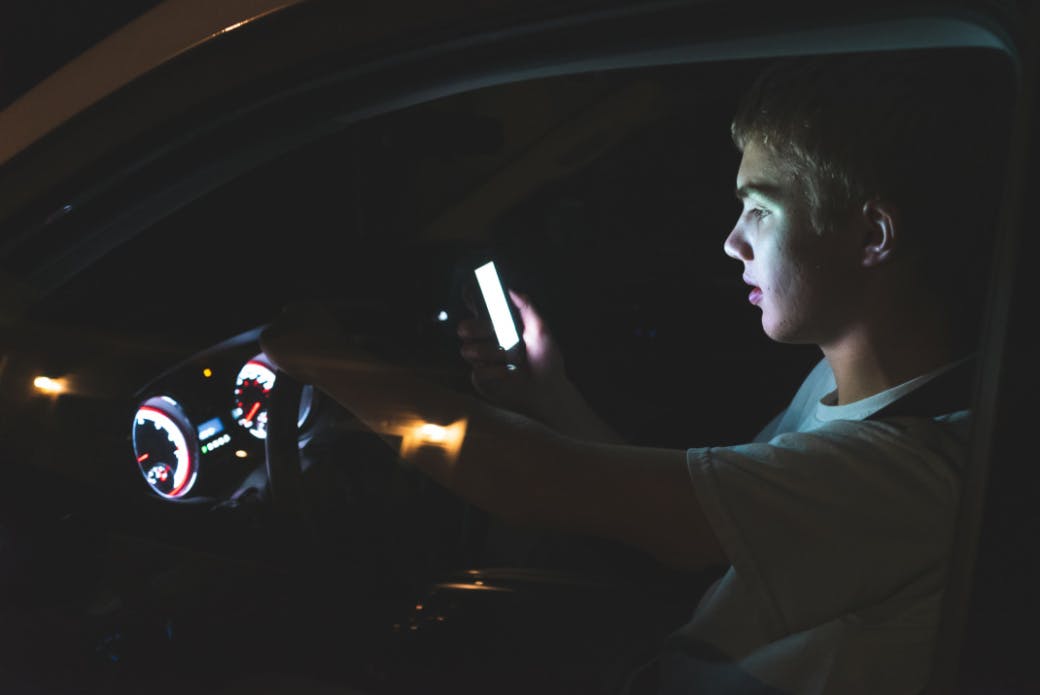
Driving at night increases the chances of an accident considerably, especially for teens. Studies have consistently shown that teen accidents are far more common at night than during the day, with the most dangerous time being between 6 p.m. and midnight. This is because of:
- Reduced visibility
- Drowsiness
- Other drivers on the road who may be impaired
Minnesota’s graduated drivers licensing system places limits on night driving for this very reason.
To keep your teen safe, set a strict curfew for when they’re allowed out on the road. And if possible, avoid letting them drive when they’re drowsy in general, even during the daytime. If they seem unusually sleep-deprived or dazed, consider taking the keys.
Limit Passengers

Another potential hazard for teen drivers is having too many passengers. Studies have shown that the more passengers a teen driver has, the more frequently they become distracted and take risks behind the wheel. This is especially true when the passengers are other teens.
Plus, with more passengers, an accident will likely result in more injuries and potential lawsuits.
Until your teen driver has plenty of experience, limit how many passengers they can have as well as the ages of those passengers. Teens driving with teens is asking for trouble.
Get the Right Car
A lot of parents prefer to buy a cheap used car for their teens or give them an old hand-me-down. The problem with that approach is that older vehicles won’t have the latest safety features, such as:
- Anti-lock brakes
- Electronic stability control
- Side-curtain airbags
- Forward collision warning
- Rear-view camera
- Adaptive headlights
- Blind spot detection
So don’t be so quick to go with the lowest price. It’s worth investing a little extra for the safest options for your teen. After all, you can’t put a price on protecting your loved ones.
For some tips on how to pick the right vehicle, Consumer Reports has lists of the best news and used cars for teen drivers.
Lead by Example

You might not think your teen pays any attention to you, but trust us, they do. If they see you practicing poor driving habits, they’re likely to imitate you. There’s no use trying to get them to listen to your safety advice when you aren’t listening to it yourself.
So when driving, put your smartphone away, buckle up, and abide by the rules of the road. Show your kids what responsible driving looks like, and give them a good example to follow.
Has Your Teen Been Involved in an Accident?
Armed with these tips, you should have a better chance of keeping your teen safe this summer. However, no matter how careful you—or they—are, accidents can still happen.
If you or your loved ones have been injured in an auto accident, you may be entitled to compensation—and we can help you get it.
At SiebenCarey, we’ve managed thousands of personal injury claims, many on behalf of car accident victims. Just contact us, and we’ll get right to work helping you win the financial support you need in the aftermath of an accident.



